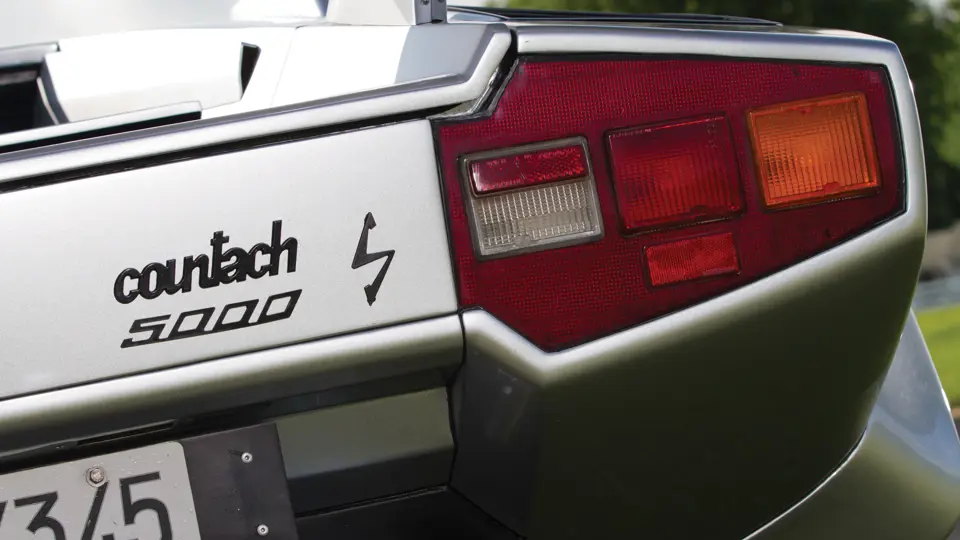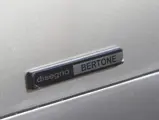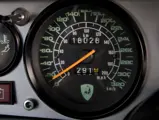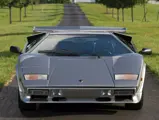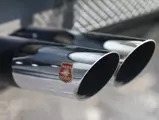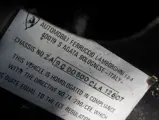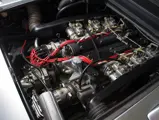
1982 Lamborghini Countach 5000 S by Bertone
{{lr.item.text}}
$198,000 USD | Sold
{{bidding.lot.reserveStatusFormatted}}
- The 1982 Geneva Motor Show LP 500S
- Desirable, carbureted Euro-specification example
- Impressive condition, with approximately 11,000 miles from new
- Marcello Gandini’s most striking Lamborghini design
375 hp, 4,754 cc DOHC V-12 engine with six Weber 45 DCOE two-barrel carburetors, five-speed manual transaxle, independent front and rear suspension by coil springs and unequal length wishbones, and four-wheel hydraulic disc brakes. Wheelbase: 96.5 in.
After the groundbreaking Lamborghini Miura stunned crowds at the 1965 Geneva Motor Show with its mid-mounted transverse V-12, it was hard to imagine how designer Marcello Gandini might surpass it. But, in 1971, he did it again with the outrageous LP 400 Countach. It predicated the angular style typical of the 1980s, ten years in advance. The four-liter V-12 generated 375 horsepower, enough to push the car to 180 mph. Upwards-hinging “scissor doors” proved a magnetic attraction.
The Coutach was the stuff of schoolboy dreams, and it evolved constantly: adding vents to aid engine cooling, fender flares for wider tires, and safety bumpers for the American market. A total of 110 early “periscopo” models were built between 1974 and 1977, with a novel prismatic mirror arrangement to overcome the paucity of rear vision. (Seventy-seven additional examples of the LP 400 were then produced with more conventional mirrors.) The 400S was introduced in 1978, with fender flares and an optional rear wing.
The LP 500S, also known as the 5000S, of 1982 bumped the engine size to almost five liters, but stiffer U.S. emission regulations meant that carbureted grey market imports could no longer pass EPA standards. The example offered today, the 1982 Geneva Motor Show car, was brought to the U.S. and served as the development car for the U.S. version, utilizing a Bosch fuel injection unit to control emissions. When complete, the car passed the EPA tests with flying colors, and it was later sent back to Italy to serve as the U.S. production prototype.
This Countach remains in remarkable condition, finished in its salon-car livery of silver with a dazzling blue leather interior—a spectacular combination believed unique until 1989. Presented with fresh paint, the interior shows some very light wear, as it has never been restored, but it is even more special for its originality. The DOT bumpers that were fitted by the factory in 1984 have since been removed, and though it was once equipped with fuel injection, it has more recently been retrofitted with the original-specification Weber carburetors for improved performance and reliability.
During this process, the engine was completely rebuilt, along with the transaxle. It is reported to run strong, and it has been a favorite on the road for its current owner. This recent mechanical restoration is documented by video footage and includes all invoices.
Numerous period photographs and correspondence also accompany the sale. These confirm this car as a significant landmark in the progress of the Countach model. With its interesting provenance, striking appearance, fresh mechanical overhaul, and impressively low original mileage of fewer than 18,000 kilometers (approximately 11,000 miles), this Lamborghini embodies the best of 1980s performance and glamor wrapped into a single, exciting package.
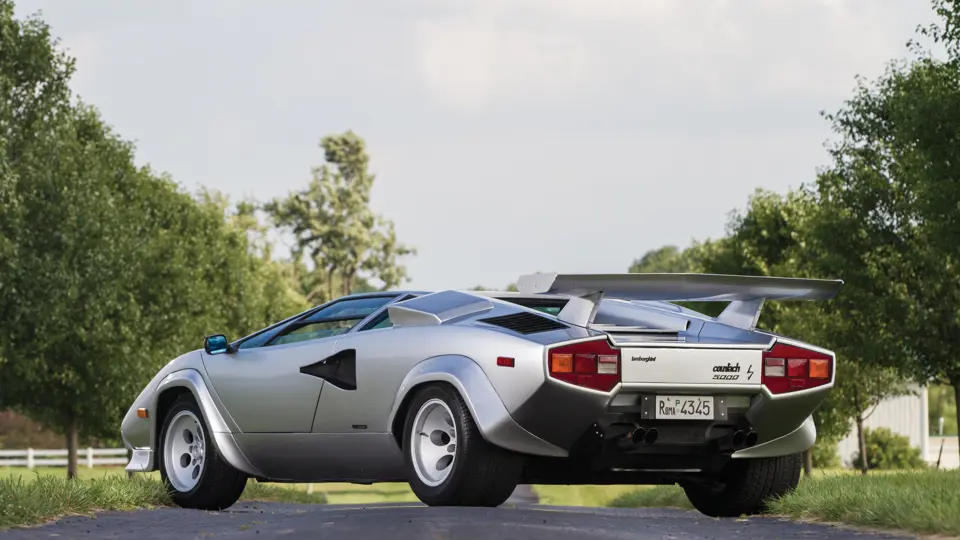



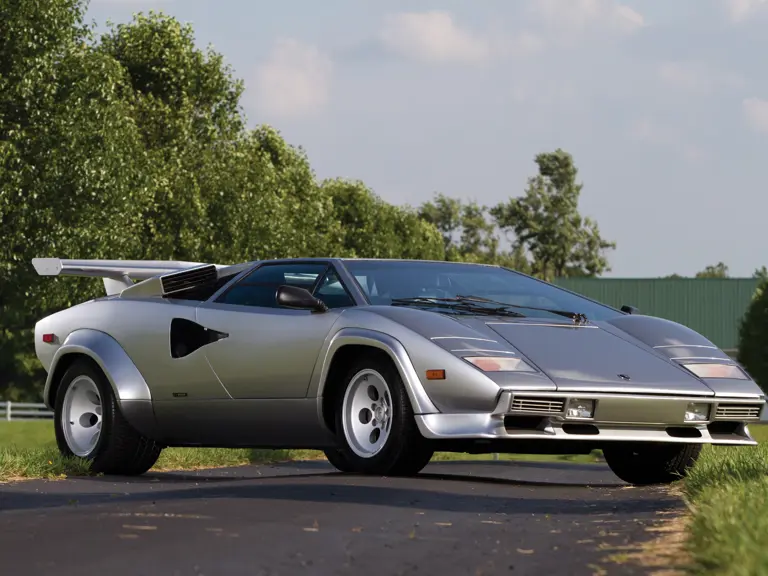
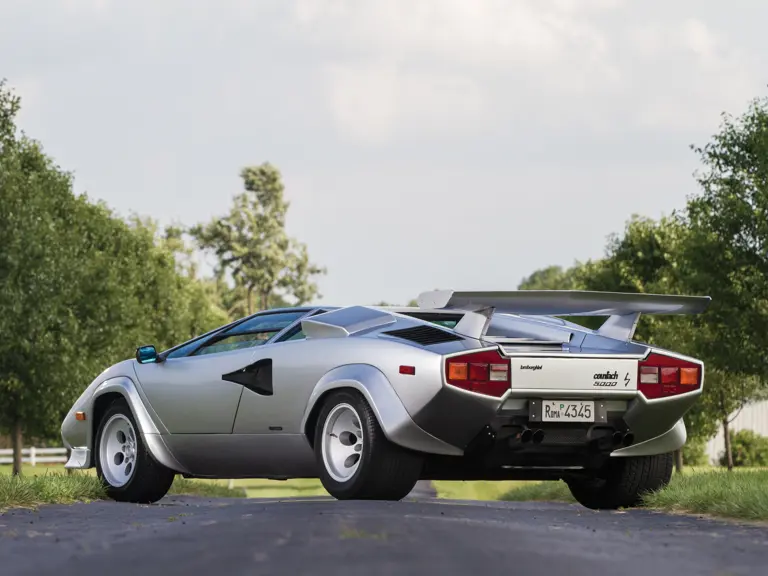


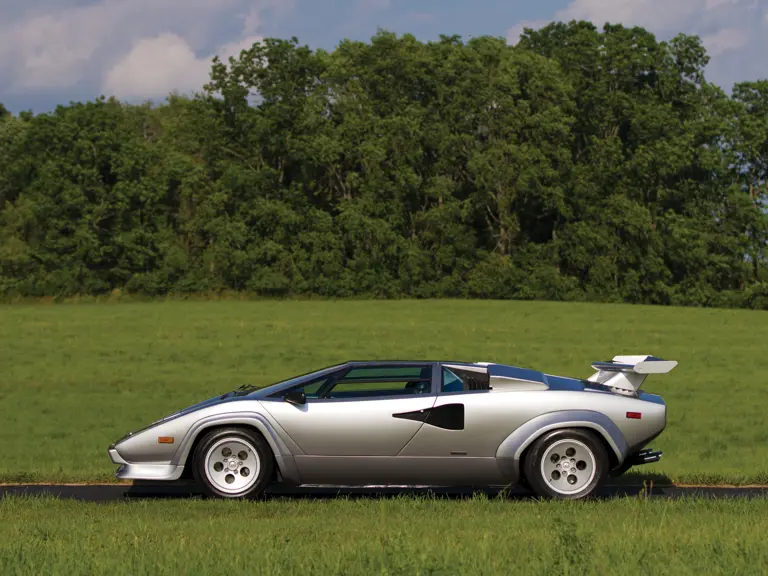
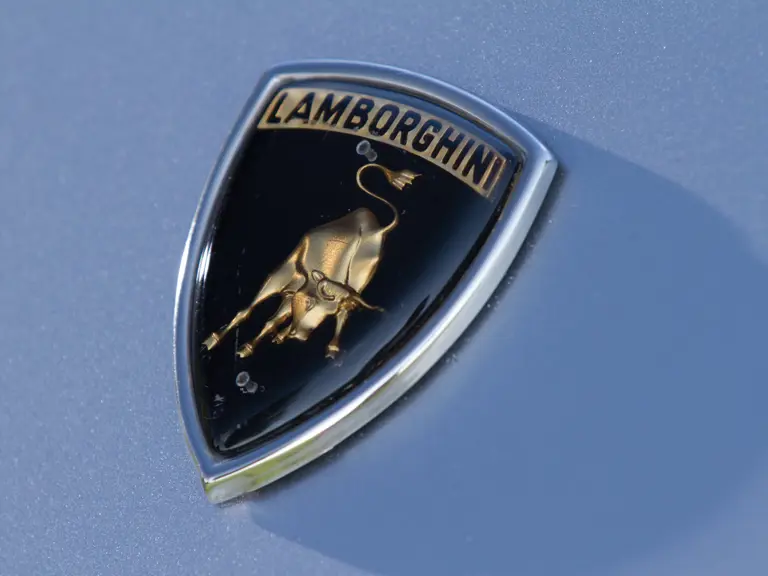
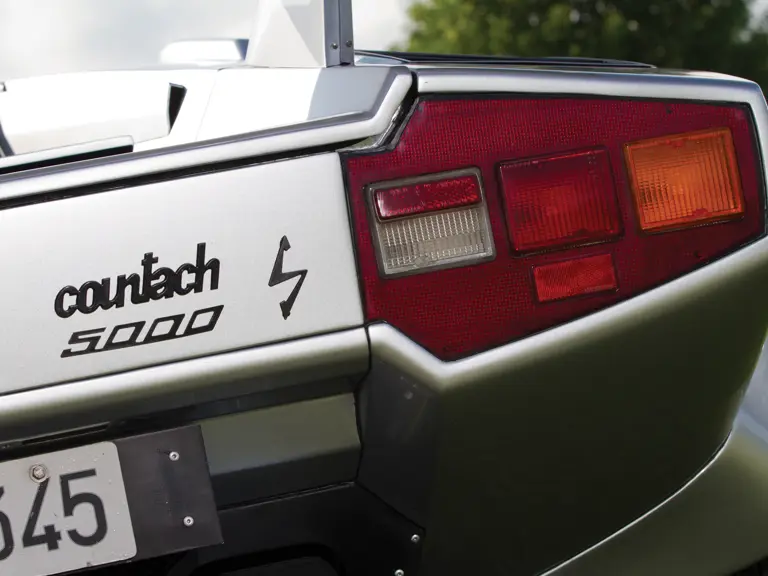

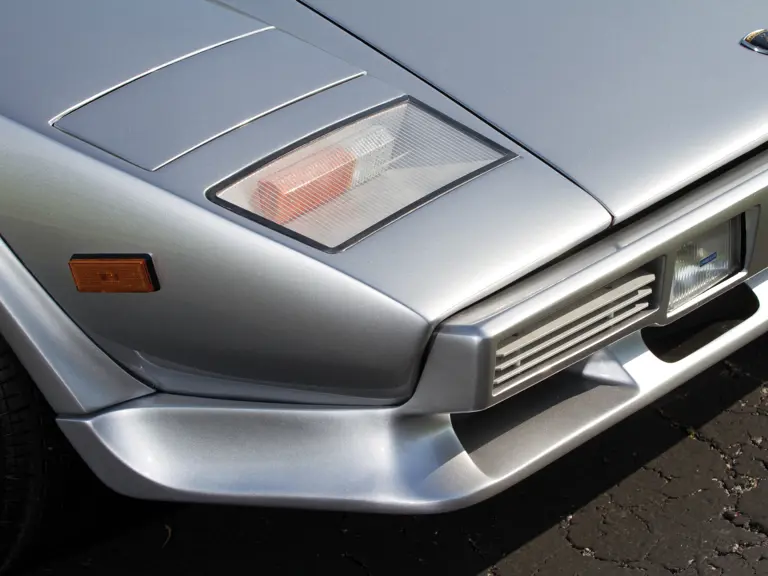
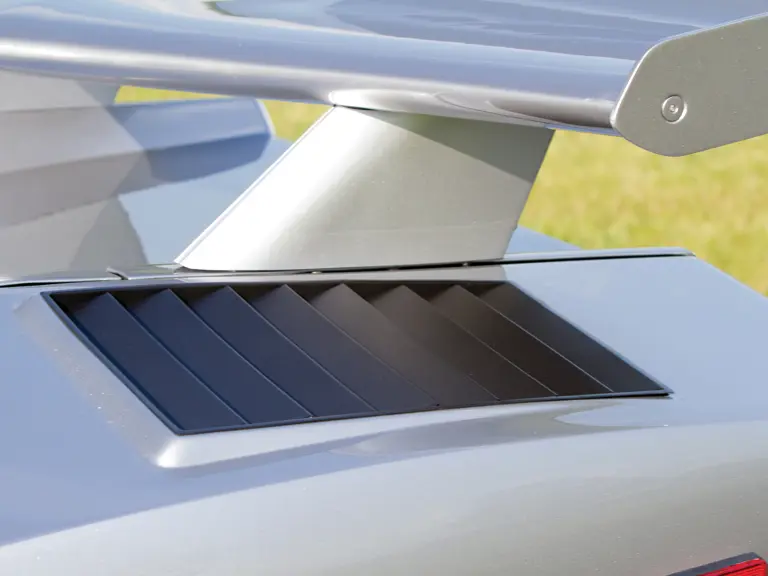
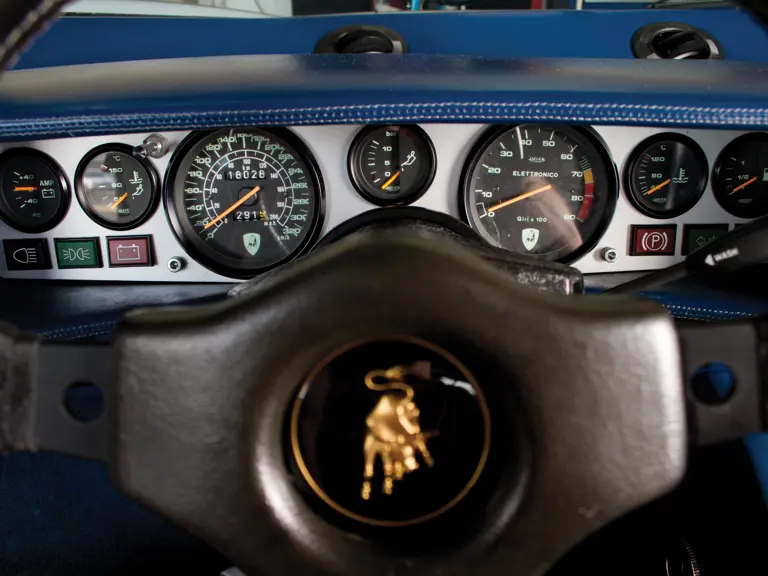
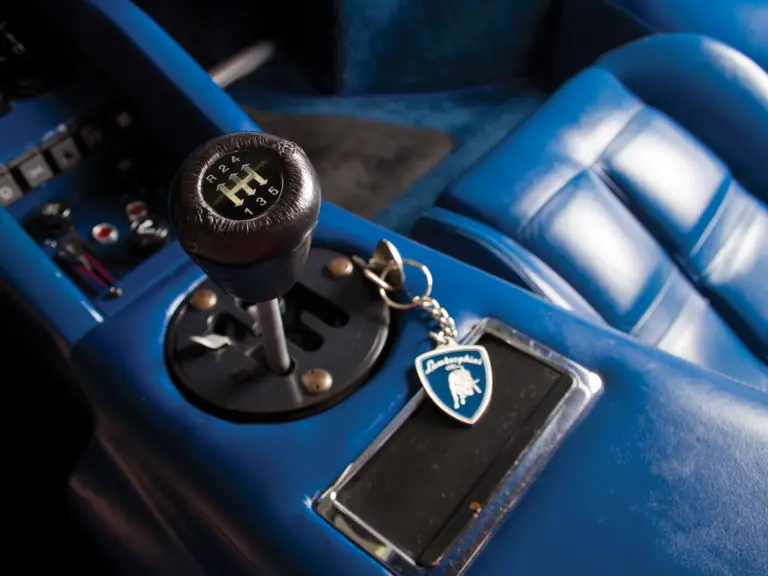
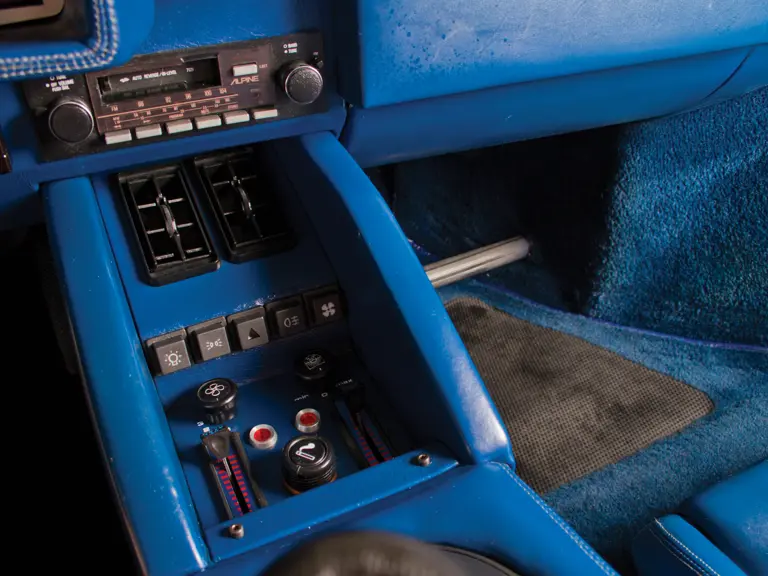
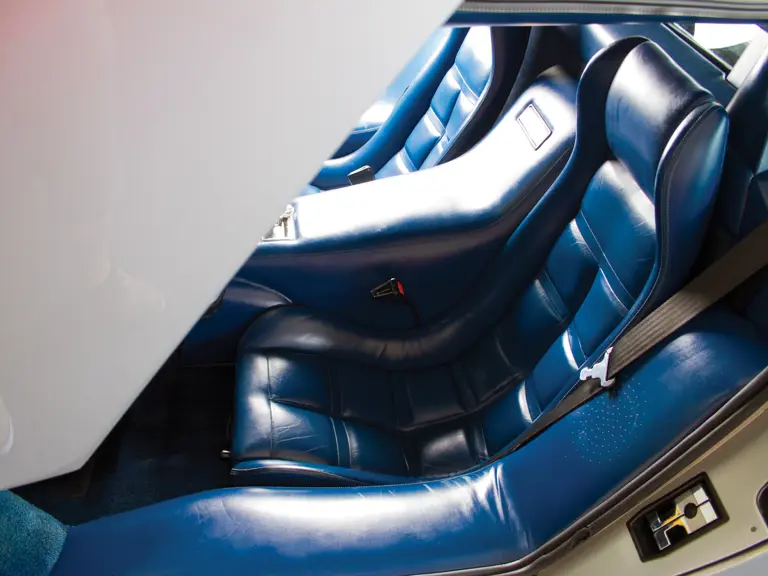
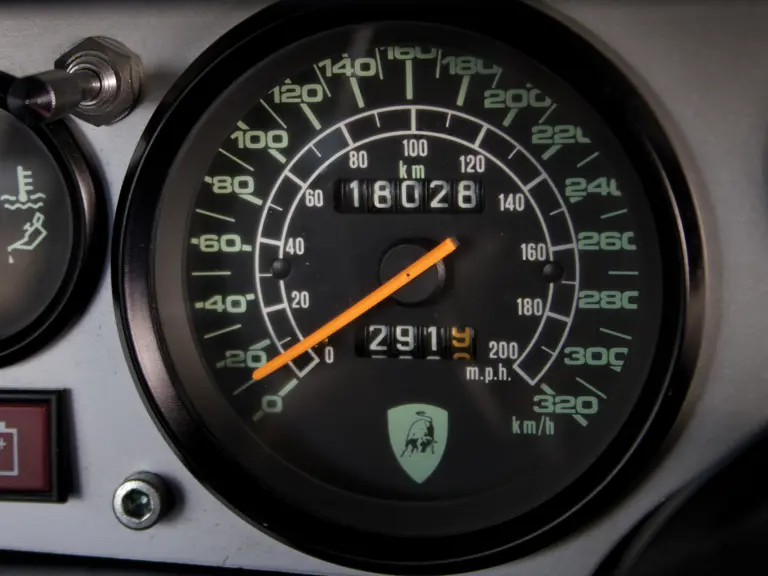

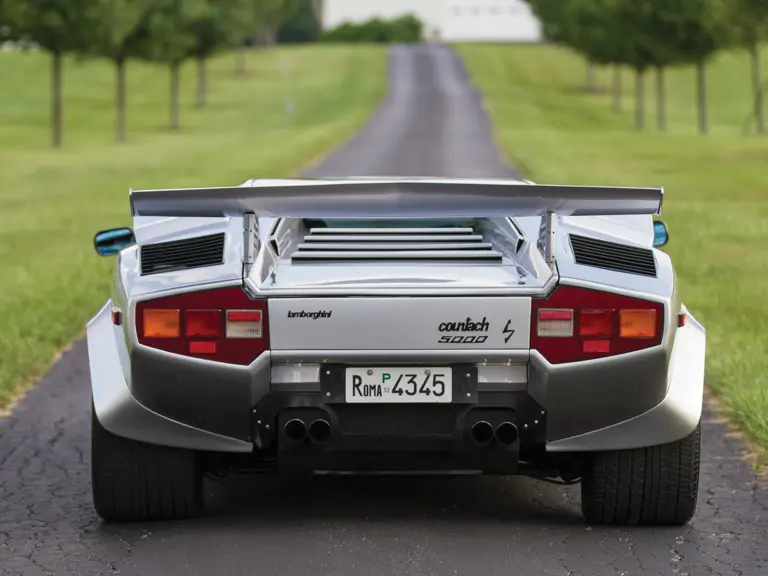
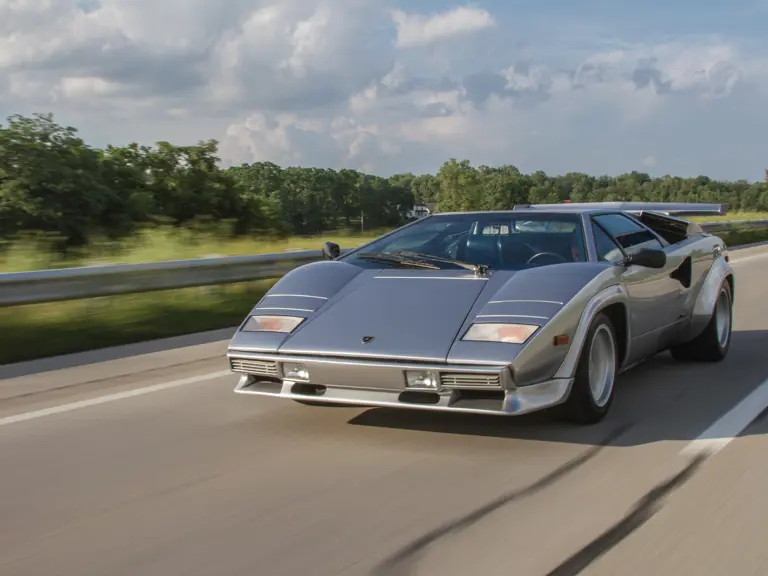
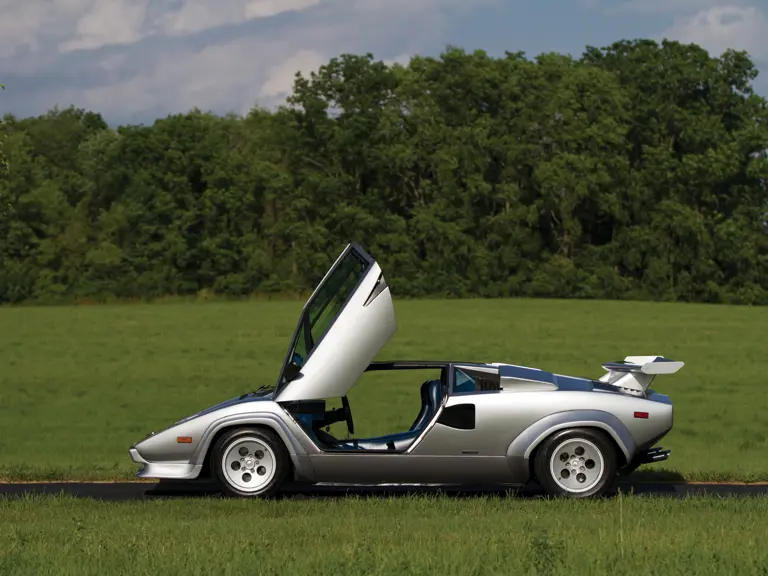


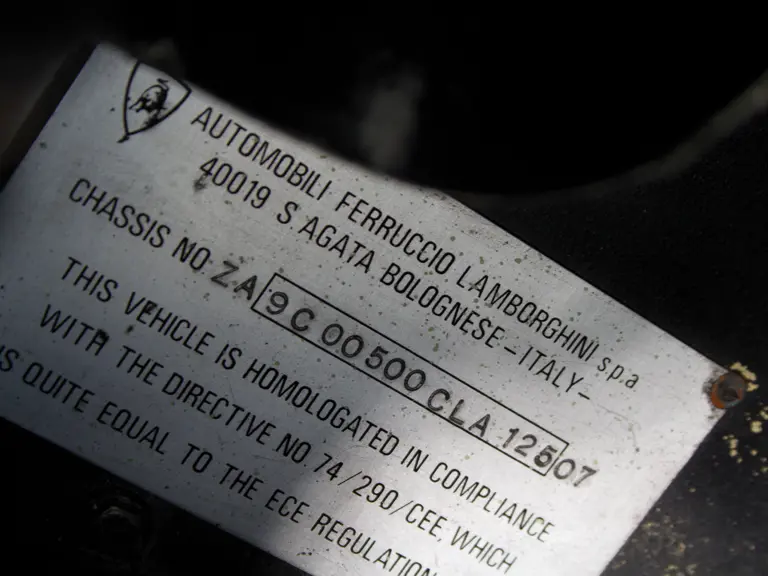
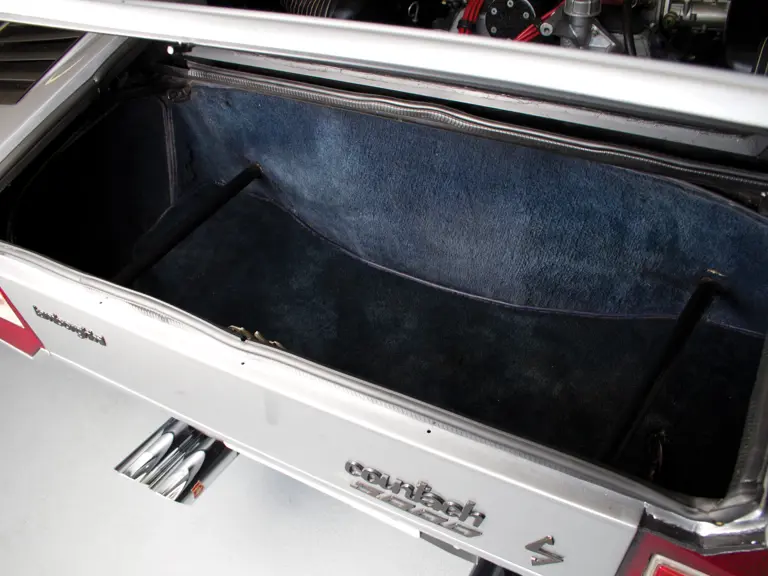
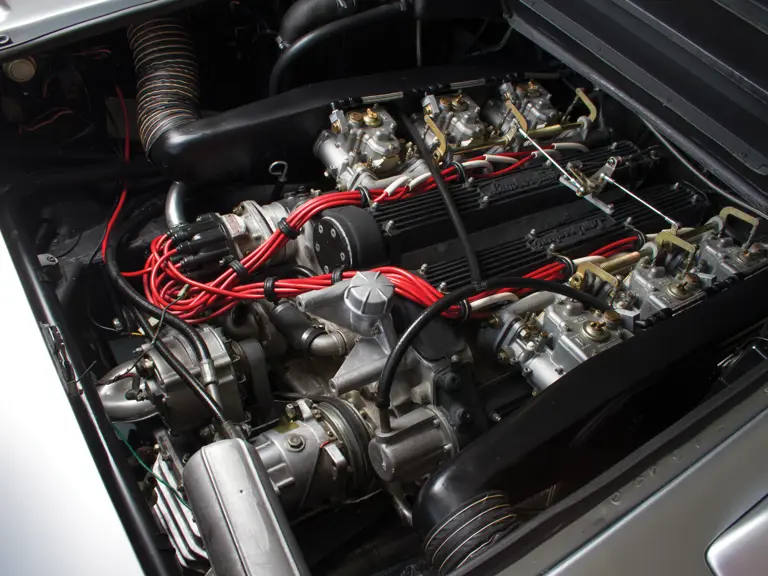

 | Monterey, California
| Monterey, California


